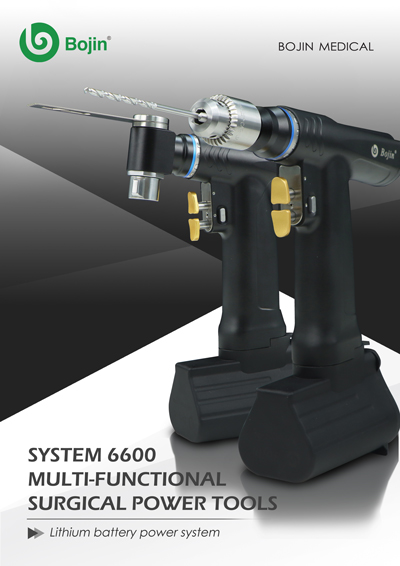A cardiothoracic drill saw is a specialized surgical instrument designed for procedures involving the thoracic cavity, including the heart and lungs. It is used to cut through bone, such as the sternum, with high precision during surgeries like open-heart operations or lung resections. Unlike traditional tools, modern drill saws incorporate features such as ergonomic designs, variable speed controls, and enhanced safety mechanisms to ensure optimal performance.
Key Features and Innovations
Precision Cutting: Modern cardiothoracic drill saws are engineered for accurate bone cutting, reducing the risk of damage to surrounding tissues.
Ergonomic Design: Lightweight and well-balanced, these tools minimize surgeon fatigue during lengthy procedures.
Safety Enhancements: Features like automatic stop mechanisms and heat dissipation systems enhance patient safety.
Battery-Powered Models: Cordless drill saws improve maneuverability in the operating room.
Applications in Cardiothoracic Surgery
The drill saw is integral to various procedures, such as:
Median Sternotomy: Opening the chest cavity to access the heart or lungs.
Thoracotomy: Gaining access to the thoracic organs for diagnostic or therapeutic purposes.
Bone Grafting: Harvesting and shaping bone grafts for reconstructive surgeries.
The cardiothoracic drill saw represents a significant advancement in surgical instrumentation, blending cutting-edge technology with practical design. As innovation continues to shape the medical field, this tool will undoubtedly remain at the forefront of cardiothoracic surgery, ensuring better outcomes for patients and a more efficient workflow for surgeons.

